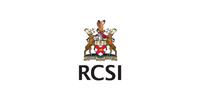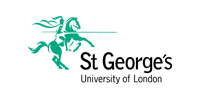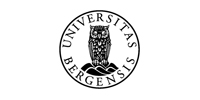The spinal range of motion is determined by the shape of the facet joints, the ribs (thoracic), the transformable intervertebral disc (anulus fibrosus and nucleus pulposus), the many ligaments and the various muscles.
At the cervical level of the spine there is generally speaking a larger range of motion possible compared to the thoracic and lumbar level.
For the movements of the head in relation to the spine the atlanto-occipitalis joint and the lateral atlanto-axial joint and median atlanto-axial joint form an important link. The possible movements in the atlanto-occipital joint are flexion and extension. The movements that are possible between the atlas and axis are rotation, flexion, extension and limited lateroflexion. Between the joints of C2 up to and including C7 the following movements, though limited, are possible: lateroflexion, rotation, flexion and extension. Lateroflexion and rotation are not possible independently of each other due to the position of the facet joints; the uncovertebral joints accompany all movements.
At the thoracic level rotation is the main movement compared to the other motions; flexion and extension are hardly possible due to the presence of the ribs. High in the lumbar region, flexion and extension are the predominant motions; at the lower lumbar level lateroflexion and rotation are also possible.
At the sacral level (sacro-iliac joints) almost no motion is possible; the irregular sacro-iliac joint surfaces and the many surrounding solid ligaments contribute to a high degree of stability. In pregnant women the sacro-iliac joints have temporary increased mobility.
The maximum movement of the spine varies per individual and is also dependent on the time of the day, the degree of warming-up, etc. One should be aware that within the same individual there can be presence of (mild) left/right differences in range of motion. This difference can be dependent, amongst other things, on the posture of the spine and the movement ability of the intervertebral joints.
Broadly speaking the following maximum movements can be expected:
- the head in relation to C7:
- flexion: approximately 85º (of which 10º in the atlanto-occipital joint and 30º in the atlanto-axial joint)
- extension: approximately 55º (of which 20º in the atlanto-occipital joint)
- lateroflexion: approximately 35°
- rotation: approximately 85º (of which 35º in the atlanto-axial joint)
- T1 in relation to T12:
- flexion/extension: very limited
- lateroflexion: approximately 35°
- rotation: approximately 55°
- L1 in relation to S1:
- flexion: approximately 25°
- extension: approximately 55°
- lateroflexion: approximately 35°
- rotation: approximately 15°
In summary, it may be said that flexion can take place in the whole of the spine, albeit most pronounced in the cervical region. Extension is most pronounced in the cervical and lumbar regions. Lateroflexion is possible to an equal extent in the cervical, thoracic and lumbar regions. Finally, rotation is possible in cervical and (high) thoracic regions in particular and least possible in the lumbar region.




























